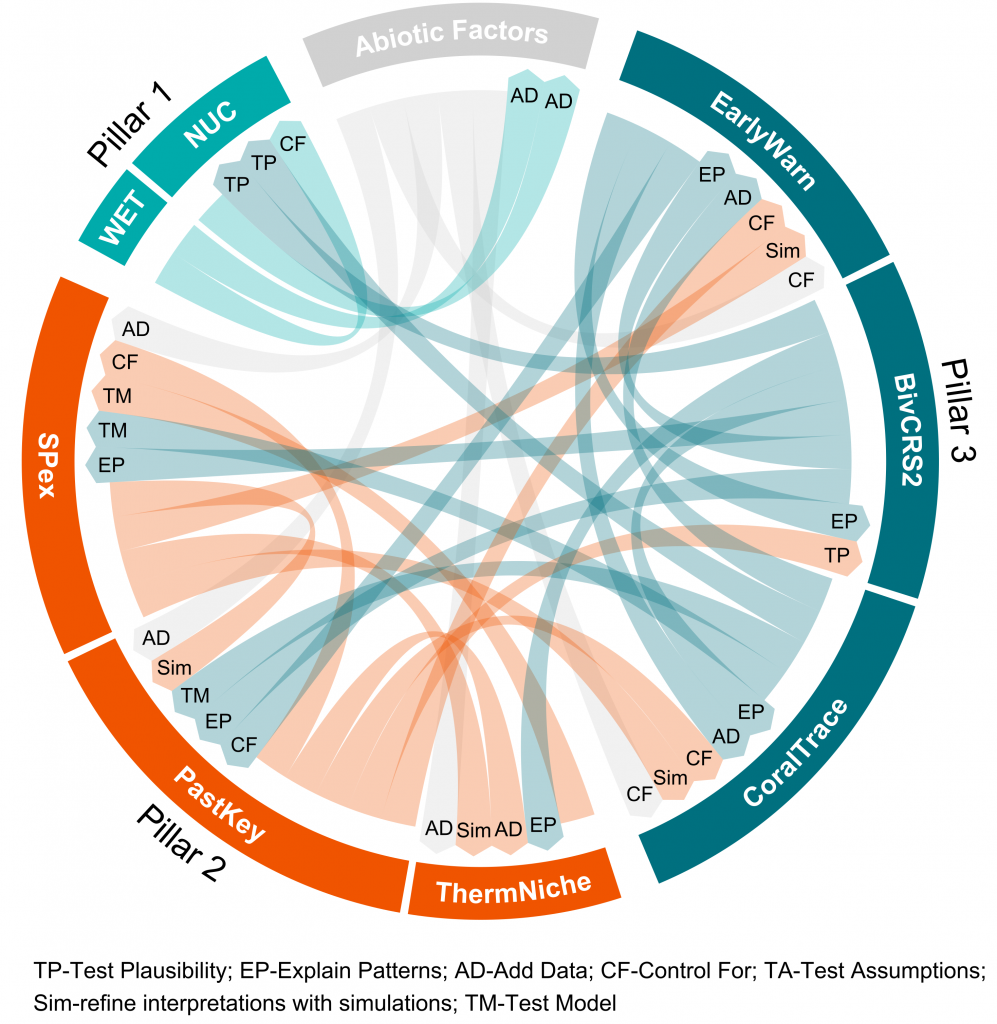Temperature related stresses as a unifying principle in ancient extinctions
Established in 2016, TERSANE is a collaborative, DFG-funded Research Unit exploring the impacts of climate change on multiple spatial and temporal scales
Combined with local and regional anthropogenic factors, current human-induced climate warming is thought to be a major threat to biodiversity. The ecological imprint of climate change is already visible on land and in the oceans. The imprint is largely manifested in demographic/abundance changes and phenological and distribution shifts, whereas only local extinctions are yet attributable to climate change with some confidence. This is expected to change in the near future owing to direct heat stress, shortage of food, mismatches in the timing of seasonal activities, geographic barriers to migration, and new biological interactions. Additional stressors are associated with climate warming in marine systems, namely acidification and deoxygenation. Ocean acidification is caused by the ocean’s absorption of CO2 and deoxygenation is a result of warmer water, increased ocean stratification and upwelling of hypoxic waters. The combination of warming, acidification and deoxygenation is known as the “deadly trio”. Temperature is the most pervasive environmental factor shaping the functional characteristics and limits to life and is also central to the generation and biological effects of hypoxic waters and to modulating the effects of ocean acidification, with and without concomitant hypoxia. Due to the key role of temperature in the interaction of the three drivers we termed these temperature-related stressors (TRS).



Our Social Media
News